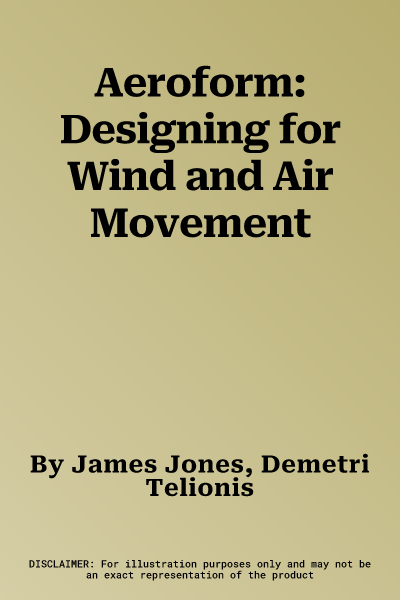Aeroform: Designing for Wind and Air Movement provides a comprehensive
introduction to applying aerodynamic principles to architectural design.
It presents a challenge to architects and architectural engineers to
give shape to the wind and express its influence on architectural form.
The wind pushes and pulls on our buildings, infiltrates and exfiltrates
through cracks and openings, and lifts roofs during storm events. It can
also offer opportunities for resource conservation through natural
ventilation or a biophilic connection between indoors and out. This book
provides basic concepts in fluid mechanics such as materials, forces,
equilibrium, pressure, and hydrostatics; introduces the reader to the
concept of airflow; and provides strategies for designing for wind
resistance, especially in preventing uplift. Natural ventilation and
forced airflow are explored using examples such as Thomas Herzog's Hall
26 in Hanover, RWE Ag building in Essen Germany, and the Kimbell Art
Museum in Texas. Finally, issues of wind and airflow measurement are
addressed.
A reference for students and practitioners of architecture and
architectural engineering, this book is richly illustrated and presents
complex concepts of aerodynamic engineering in easy-to-understand
language. It prepares the architect or architectural engineer to design
buildings that are visually expressive of a dialogue between wind and
built form.

